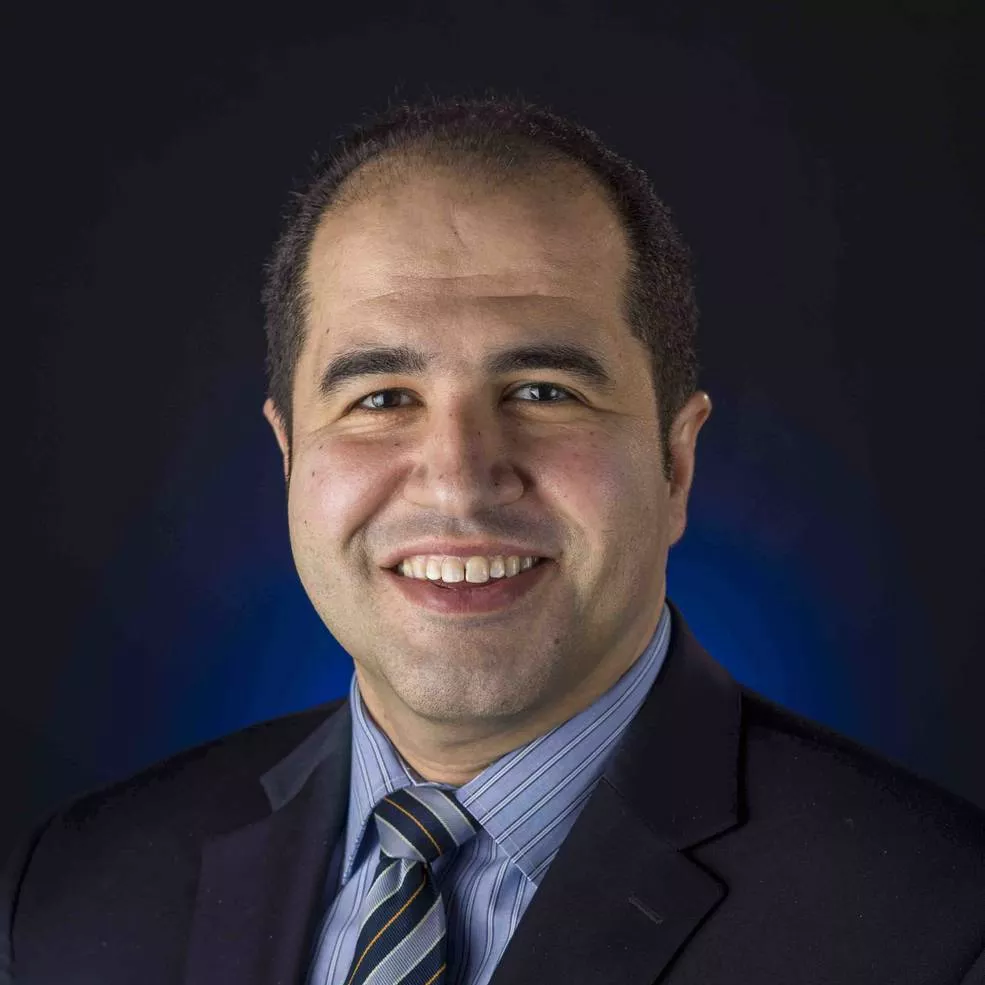Dr. Elsayed Talaat is the Director of the Office of Space Weather Observations at NOAA NESDIS. The term “space weather” generally describes changes that take place on the sun and near-Earth environment, particularly when the sun is especially active. In this talk he will discuss how NOAA is making us a Space Weather Ready Nation that is ready, responsive and resilient to space weather events.
Presentation
Presenter
Dr. Elsayed Talaat

Dr. Elsayed Talaat is the Director of the Office of Space Weather Observations at NESDIS. In this role, he provides leadership and oversight of the development, acquisition, integration, installation, and acceptance of major system elements for NOAA's operational environmental satellite systems.
Before joining NOAA, Dr. Talaat was the Chief Scientist of the Heliophysics Division at NASA Headquarters. In this role, he directed overall development efforts for the Heliophysics space science program in Solar, Heliospheric, Magnetospheric, and Ionospheric, Thermospheric, and Mesospheric physics. Previously, he was a Program Scientist at NASA Headquarters where he served as Program Scientist for the Living with a Star mission and science line, grant research lines, and Heliophysics and Planetary missions. Before joining NASA, he was Supervisor of the Earth and Planetary Atmospheres Section at the Johns Hopkins University Applied Physics Laboratory (APL), where his research focused on developing remote sensing techniques as well as data analysis and modeling of geophysical and planetary phenomena.
Dr. Talaat received his Bachelor of Science in Aeronautics and Astronautics Engineering from the University of Washington, and a Master’s of Science and doctorate from the University of Michigan in Atmospheric and Space Sciences. He has authored or collaborated on over 60 journal papers and over 250 conference papers.
